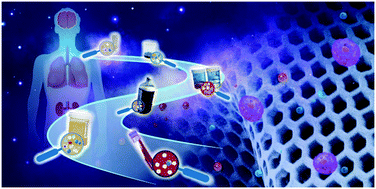Microtechnology-enabled filtration-based liquid biopsy: challenges and practical considerations
Abstract
Liquid biopsy, an important enabling technology for early diagnosis and dynamic monitoring of cancer, has drawn extensive attention in the past decade. With the rapid developments of microtechnology, it has been possible to manipulate cells at the single-cell level, which dramatically improves the liquid biopsy capability. As the microtechnology-enabled liquid biopsy matures from proof-of-concept demonstrations towards practical applications, a main challenge it is facing now is to process clinical samples which are usually of a large volume while containing very rare targeted cells in complex backgrounds. Therefore, a high-throughput liquid biopsy which is capable of processing liquid samples with a large volume in a reasonable time along with a high recovery rate of rare targeted cells from complex clinical liquids is in high demand. Moreover, the purity, viability and release feasibility of recovered targeted cells are the other three key impact factors requiring careful considerations. To date, among the developed techniques, micropore-type filtration has been acknowledged as the most promising solution to address the aforementioned challenges in practical applications. However, the presently reported studies about micropore-type filtration are mostly based on trial and error for device designs aiming at different cancer types, which requires lots of efforts. Therefore, there is an urgent need to investigate and elaborate the fundamental theories of micropore-type filtration and key features that influence the working performances in the liquid biopsy of real clinical samples to promote the application efficacy in practical applications. In this review, the state of the art of microtechnology-enabled filtration is systematically and comprehensively summarized. Four key features of the filtration, including throughput, purity, viability and release feasibility of the captured targeted cells, are elaborated to provide the guidelines for filter designs. The recent progress in the filtration mode modulation and sample standardization to improve the filtration performance of real clinical samples is also discussed. Finally, this review concludes with prospective views for future developments of filtration-based liquid biopsy to promote its application efficacy in clinical practice.



 Please wait while we load your content...
Please wait while we load your content...